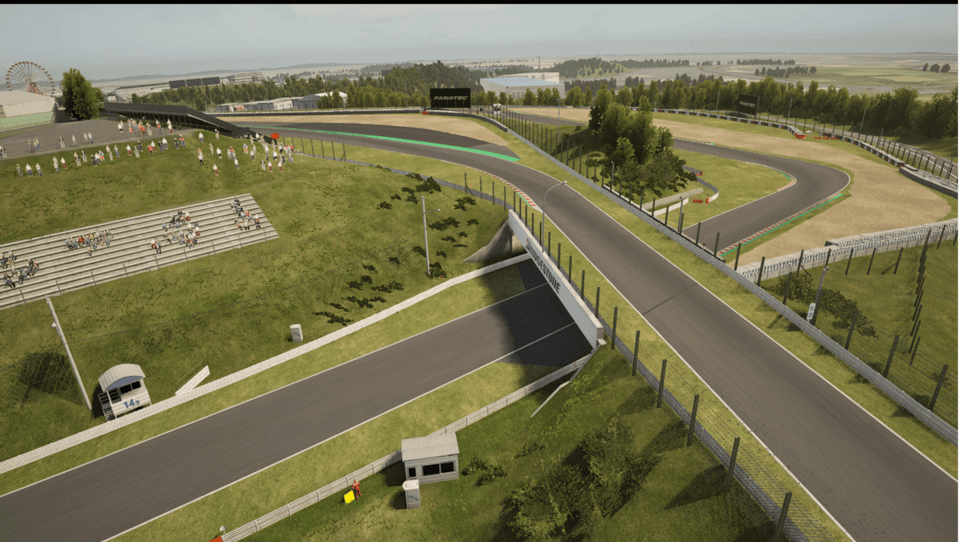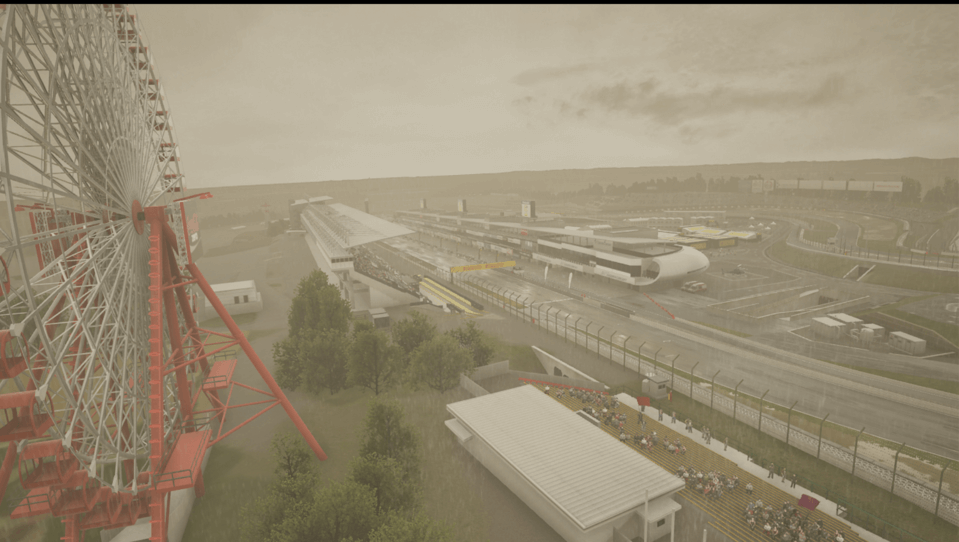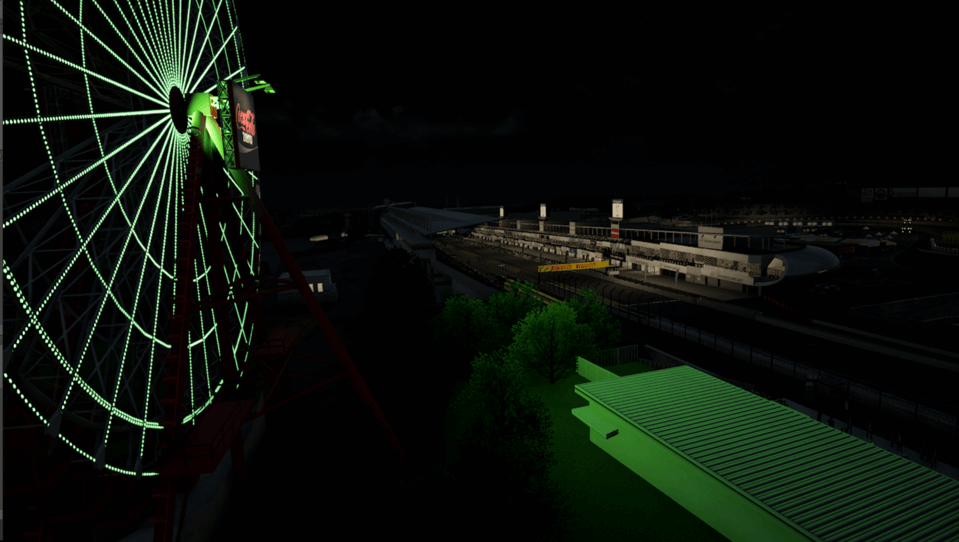Historical Significance
Designed as a Honda test track by Dutch designer John Hugenholtz.
One of the few figure-eight circuits in the world, offering unique challenges.
Has hosted legendary title deciders in F1 history, such as Senna vs. Prost.
Cultural Importance
Suzuka is a symbol of Japan’s dedication to motorsport and engineering excellence.
Home to Honda’s motorsport achievements, attracting fans worldwide.
Notable Sections
Combines technical corners with high-speed straights.
Iconic Sections
The Esses (Turns 3-7): A series of flowing corners testing driver rhythm.
130R (Turn 15): A flat-out left-hander with high g-forces.
Degner Curves (Turns 8-9): Tight and technical, requiring precision.
Main Events
F1 Japanese GP, Suzuka 10 Hours, Super GT.
| Track | Suzuka |
| Location | Suzuka, Japan |
| Opened in | 1962 |
| Length | 5.807 km (3.608 mi) |
| Coordinates | 34.8431° N, 136.5410° E |
| Climate | Humid subtropical, prone to typhoons during autumn. |
| Number of turns | 18 |
| Elevation Change | ~40 meters |
| Type | Permanent road course |
| Surface | Asphalt |
| FIA Certification | Grade 1 |
| Audience Capacity | ~155,000 |
| Top Speed | ~320 km/h in the high-speed sections. |
| Grip | High grip but heavily weather-dependent. |
| Pit Lane | Compact and modern, equipped for major racing events. |



